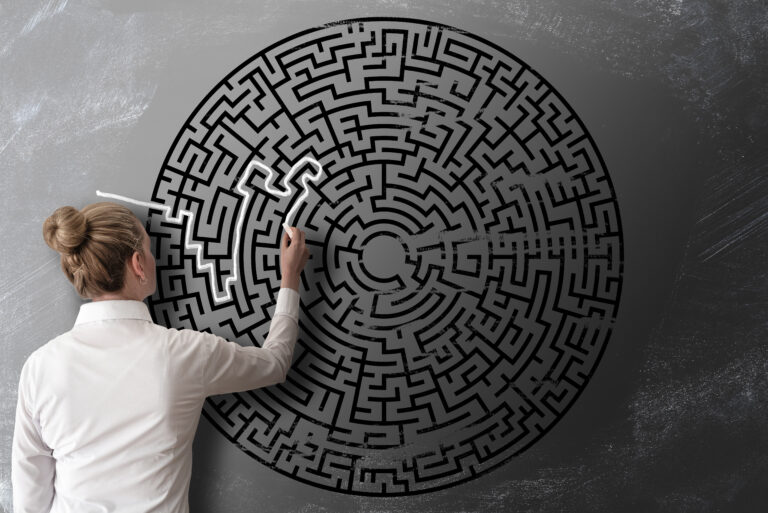In the modern era, productivity and collaboration are essential to a successful business. A well-designed workplace can significantly enhance both productivity and collaboration. In
1. Ergonomics
The comfort of employees is critical to their productivity. Ergonomics is the study of designing a comfortable and efficient workplace for employees. This includes the design of furniture such as chairs and desks. Proper ergonomics can help prevent work-related injuries and increase productivity.
2. Open Spaces
Open spaces are conducive to collaboration. They provide an environment where employees can interact easily with one another, exchange ideas, and share knowledge. Empty spaces can also lead to better communication and team building among employees. Such areas are particularly beneficial in organizations where collaboration is essential, like team-oriented projects.
3. Natural Light
Natural light can significantly affect productivity. Exposure to natural light has been shown to boost employees’ mental health and productivity levels, save energy, and boost the aesthetic value of the workplace. Designing a workplace that maximizes exposure to natural light can help employees feel more energized, motivated, and productive.
4. Comfortable Temperature
The temperature of a workplace can also have a significant impact on productivity. A workplace that is too hot or cold can affect the employees’ ability to focus, leading to lower productivity. Therefore, keeping the temperature comfortable can enhance the workplace and increase productivity.
5. Break Spaces
Break spaces are areas designed to help employees relax and recharge during the day. They are essential to boosting productivity because they allow employees to break away from their work and take time to refresh their minds. Break spaces include comfortable seating areas, coffee bars, and game rooms. Such spaces help reduce stress while also increasing employees’ motivation and productivity.
6. Colour Psychology
Color can affect the mood and productivity of employees in the workplace. Different colors stimulate different emotions and reactions; therefore, the colors used in the workplace can significantly impact employee productivity. For instance, blue has been known to promote calmness, while green is believed to encourage concentration. Therefore, designing a workplace with a strategic color palette can positively impact employees’ productivity.
7. Tech Integration
Technology has become an essential factor in the modern workplace. The integration of technology within the workplace can enhance collaboration and productivity. This includes incorporating meeting software, digital whiteboards, and collaborative tools. Allowing employees to access and communicate with technology can increase productivity, speed communication, and improve collaboration.
8. Well-Defined Workspaces
A well-defined workspace can help employees focus on their work, increasing productivity. Creating clear boundaries between spaces is essential to allow for effective work concentration. It may include adding dividers between workstations, specific zones for different tasks, and enclosed areas for focused work. The physical environment of a well-defined workspace fosters a sense of ownership and a feeling that employees are valued members of a collaborative team.
9. Flexible Spaces
Flexibility is essential in today’s modern workplace. To keep up with the changing needs of employees, it is crucial to design flexible spaces that can be adapted and reconfigured as needed. This may include areas with movable furniture, adjustable lighting, and walls that can be easily rearranged or removed. Such spaces allow for creativity and collaboration while also providing employees with the flexibility to work in an environment that best suits their productivity needs.
10. Accessible Amenities
Accessible amenities can have a positive impact on employees’ productivity and well-being. This includes providing healthy snacks and quiet areas for concentration. Such amenities not only help to boost productivity but also make the workplace more enjoyable for employees.
Conclusion
Marco Bitran knows optimizing workplace productivity, and collaboration requires a holistic approach considering all workplace environment factors. By applying the above design tips, employers can create a work environment that empowers and motivates employees to work cohesively and productively. Investing in a well-designed workplace will result in higher productivity, happier employees, and a more successful business.


